
20 Best Documentaries and Films for Urban Planners and Designers
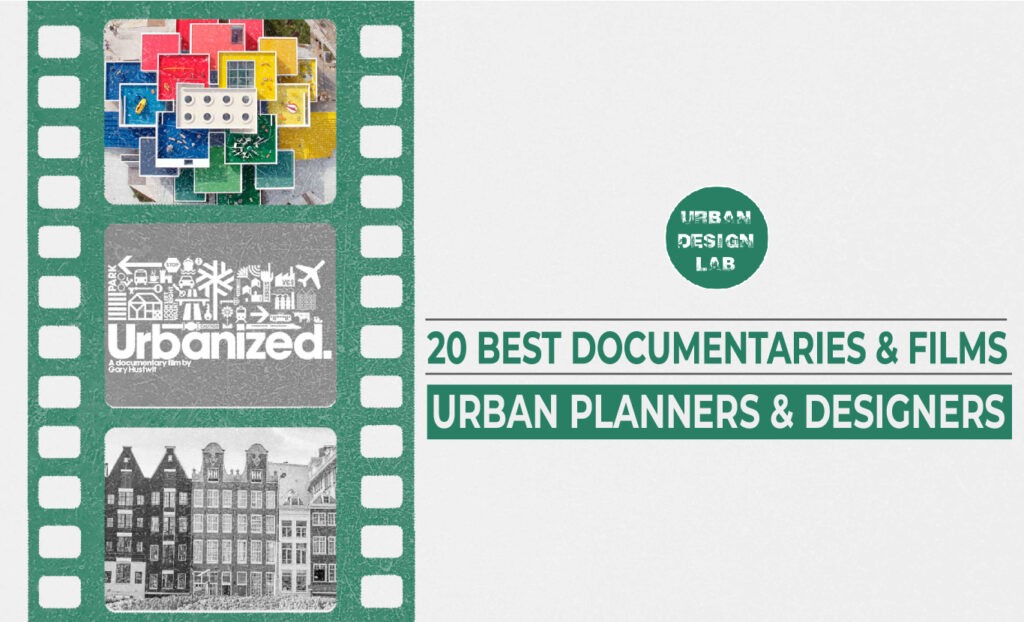
Urban planners and designers are always on the lookout for fresh sources of inspiration and knowledge. In recent years, the popularity of documentaries has soared, thanks in large part to the convenience of streaming platforms like Netflix. These captivating films not only entertain and educate but also provide a fresh and insightful perspective on various subjects, including urban development, architecture, and design. One area where documentaries truly shine is in their ability to shed light on the intricate world of urban development.
Through in-depth interviews, expert analysis, and captivating visuals, these films offer viewers a unique glimpse into the challenges and triumphs of shaping our cities.
From exploring the revitalization of neglected neighborhoods to examining the impact of gentrification, these documentaries provide a thought-provoking look at the complex forces that shape our urban landscapes. Architecture enthusiasts are also in for a treat, as documentaries delve into the fascinating world of In the realm of urban planning and design, documentaries have emerged as a powerful medium for professionals seeking valuable insights and inspiration. These films offer a unique perspective on the creation of functional, sustainable, and aesthetically pleasing urban spaces. By delving into the stories and experiences captured on screen, urban planners and designers can gain a deeper understanding of the challenges and possibilities that lie within their field.
This article explores a range of documentaries that provide valuable insights for professionals in urban planning and design, highlighting how these films can influence and inspire the creation of functional, sustainable, and aesthetically pleasing urban spaces.
1. Abstract: The Art of Design
“Abstract: The Art of Design” is a Netflix series that dives into the minds of innovative designers across various disciplines. It’s a source of inspiration for urban planners and designers, showcasing how design principles can be innovatively applied in urban contexts. The series encourages thinking beyond traditional methods, emphasizing the artistic and functional aspects of urban design.
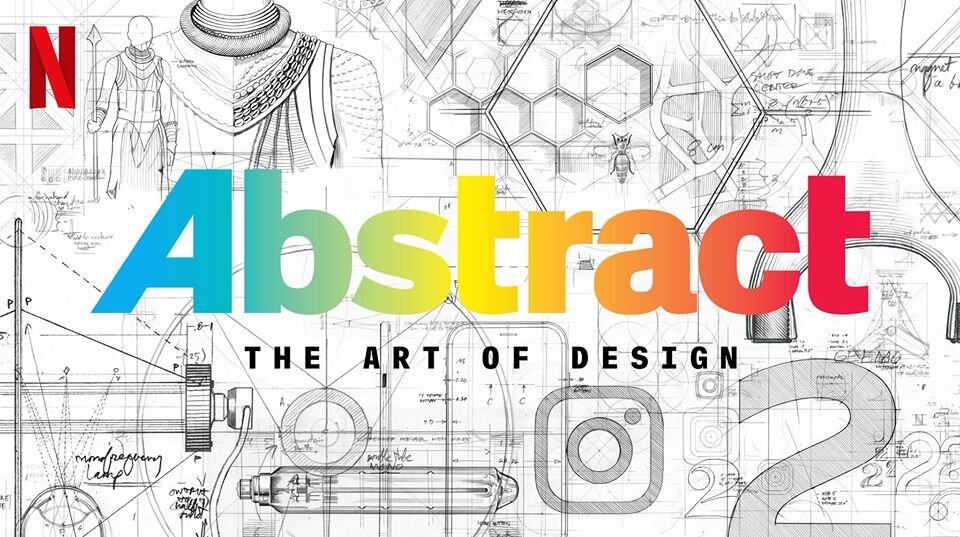
2. Urbanized: A Deep Dive into City Design
The documentary “Urbanized” discusses urban design and the strategies behind it, featuring insights from leading architects, planners, and thinkers. It offers urban planners a global view of city development and the challenges involved, including public space revitalization and sustainable practices. This documentary is a valuable resource for understanding the complexities and responsibilities of modern urban planning.

3. Tiny Houses, Big Dreams: Rethinking Space
Netflix’s documentaries on the tiny house movement, like “Tiny House Nation,” offer lessons in maximizing small spaces. These concepts are increasingly relevant in urban settings where efficient space utilization is crucial. Urban planners can draw inspiration from these documentaries for innovative housing solutions and minimalist urban living.
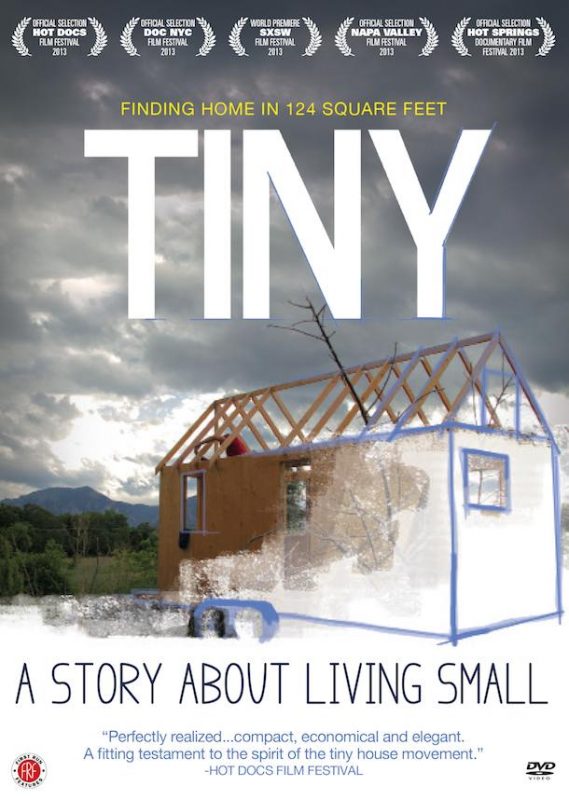
4. Sustainable Futures: Lessons from 'Our Planet'
“Our Planet,” narrated by Sir David Attenborough, highlights the importance of sustainability, a key element in urban planning and design. This series provides a compelling narrative on the impact of human activities on the environment and the need for sustainable urban development. It’s a crucial resource for planners aiming to design cities with minimal ecological footprints.

5. The World’s Most Extraordinary Homes: Innovation in Architecture
This series explores unique homes and the creative minds behind them, offering urban designers and architects a wealth of innovative ideas. It demonstrates how architectural design can meet environmental challenges and integrate with natural surroundings, providing valuable insights for urban planners.
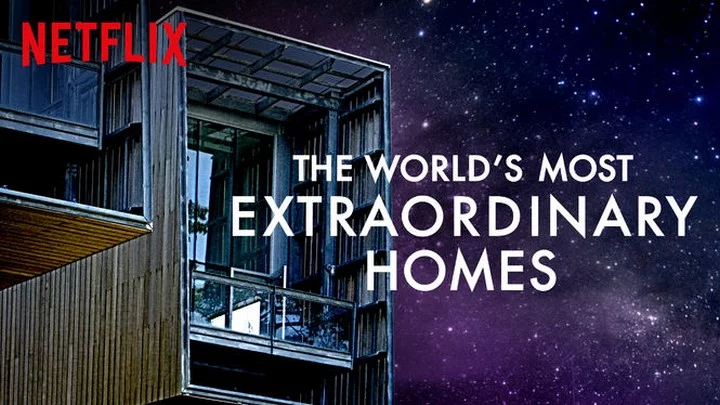
6. Cooked: Exploring the Intersection of Food and Urban Spaces
“Cooked,” a documentary series based on Michael Pollan’s book, delves into the world of food and cooking. While not directly related to urban planning, it offers an interesting perspective on the role of food in urban spaces, community building, and public health. Urban planners can glean insights into how food markets, community gardens, and culinary traditions influence urban living and social dynamics.
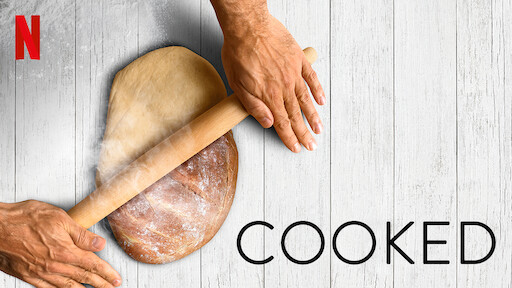
7. Human: The World Within – Understanding Urban Populations
This documentary series explores the biological, cultural, and societal aspects of human life. For urban planners, understanding the diverse needs and behaviors of urban populations is crucial. This series provides a deeper understanding of the human elements that shape urban spaces, from public health to community engagement.

8. Waste Land
“Waste Land” is a thought-provoking documentary that takes viewers on an inspiring journey to one of the world’s largest garbage dumps, Jardim Gramacho, located on the outskirts of Rio de Janeiro. The film follows renowned artist Vik Muniz as he collaborates with a lively group of catadores — self-designated pickers of recyclable materials. Muniz’s artistic project aims to transform these workers’ lives through the power of art, using the very materials they collect. The documentary beautifully captures the dignity and despair of the catadores, offering a stirring reflection on the human condition and the transformative power of art and collaboration. “Waste Land” challenges viewers to rethink their perceptions of waste and recycling, making it a poignant and relevant film for anyone interested in environmental issues, art, and social change.

9.Detropia
“Detropia” (2012) is a hauntingly beautiful and deeply poignant documentary that explores the dramatic decline of Detroit, once a booming metropolis and the heart of America’s automotive industry. Directed by Heidi Ewing and Rachel Grady, the film presents a vivid collage of the city’s struggles with deindustrialization, population loss, and economic collapse.
Through the eyes of its residents, including artists, activists, and ordinary citizens, “Detropia” captures the resilience and spirit of a community grappling with the harsh realities of a post-industrial America. The documentary showcases the stark contrasts of the city – from the desolate, abandoned landscapes of former manufacturing giants to the vibrant cultural and artistic movements attempting to rejuvenate and redefine the city.
“Detropia” is not just a story of decline but also a tale of hope and potential. It delves into the broader implications of Detroit’s fall, raising critical questions about the sustainability of the American Dream and the future of urban America. The film is a compelling and empathetic portrayal of a city fighting to reinvent itself in the face of overwhelming challenges, making it a must-watch for those interested in urban studies, economics, and social issues.

10. Radiant City
“Radiant City” is a compelling and satirical documentary that offers a critical look at the suburban sprawl, focusing on the lives of a typical family living in the vast suburban expanses. Set against the backdrop of ever-expanding suburban neighborhoods, the film blends real-life documentary footage with mockumentary-style narratives. It delves into the daily routines of the Moss family and juxtaposes their story with expert interviews discussing the impact of suburban living on human behavior, community, and the environment. “Radiant City” presents a thought-provoking exploration of the realities of suburban life, highlighting the monotony, isolation, and environmental concerns associated with this prevalent living arrangement. The film is a must-watch for urban planners, designers, and anyone interested in the societal and environmental implications of suburban development.

11. The Pruitt-Igoe Myth
“The Pruitt-Igoe Myth” is a compelling documentary that explores the complex history and controversial demise of the Pruitt-Igoe housing complex in St. Louis, Missouri. Once heralded as a model of modernist urban design and a solution to the post-World War II housing crisis, the Pruitt-Igoe complex eventually became synonymous with failed public housing policies and urban decay in America. Through a mix of archival footage and interviews with former residents, the film challenges the conventional narrative that attributes the failure of Pruitt-Igoe solely to architectural design, instead revealing a more intricate web of social, economic, and political factors. It sheds light on the impact of racial segregation, federal policies, and economic shifts on urban America. “The Pruitt-Igoe Myth” is a thought-provoking examination of the American urban experience, offering valuable lessons for urban planners, policymakers, and anyone interested in the dynamics of city life and public housing.

12. Convenient Truth: Urban Solutions from Curitiba, Brazil
“A Convenient Truth: Urban Solutions from Curitiba, Brazil” is an insightful documentary that showcases the innovative urban planning and environmental strategies of Curitiba, a city in Brazil renowned for its sustainable and efficient urban development. The film highlights the visionary leadership of Jaime Lerner, former mayor of Curitiba, and his team, who transformed the city into a global model for urban planning and eco-friendly living.
The documentary delves into various aspects of Curitiba’s urban design, including its pioneering bus rapid transit system, extensive green spaces, and innovative recycling programs that have significantly improved the quality of life for its residents. It also explores how the city’s approach to urban challenges has led to social, economic, and environmental benefits, making Curitiba a leading example of how urban areas can become more livable and sustainable.

13. The End of Suburbia
“The End of Suburbia: Oil Depletion and the Collapse of the American Dream” is a provocative documentary that examines the sustainability of suburban living in the context of diminishing oil reserves. The film explores the history of suburbia and its heavy reliance on cheap, abundant oil, questioning the future viability of this lifestyle as oil becomes scarcer and more expensive.
Featuring interviews with experts in the fields of energy, urban planning, and environmentalism, “The End of Suburbia” delves into the potential impacts of a global oil crisis on suburban communities, which are typically characterized by high energy consumption, car dependency, and low-density housing. The documentary presents a critical view of the suburban dream, highlighting the challenges of transportation, food production, and economic stability in a post-peak oil world.

14. The Human Scale
“The Human Scale” is a thought-provoking documentary that challenges our conventional understanding of urban planning and design. Directed by Andreas Dalsgaard, the film is inspired by the work and philosophy of renowned Danish architect Jan Gehl, who has been a leading figure in rethinking urban spaces to prioritize human needs over vehicular traffic.
The documentary takes viewers on a global journey, exploring how cities like Copenhagen, New York, and Beijing are attempting to create more people-centered urban environments. It highlights Gehl’s belief that modern cities, with their skyscrapers and focus on car traffic, often neglect the human scale – the level at which people experience their environment.
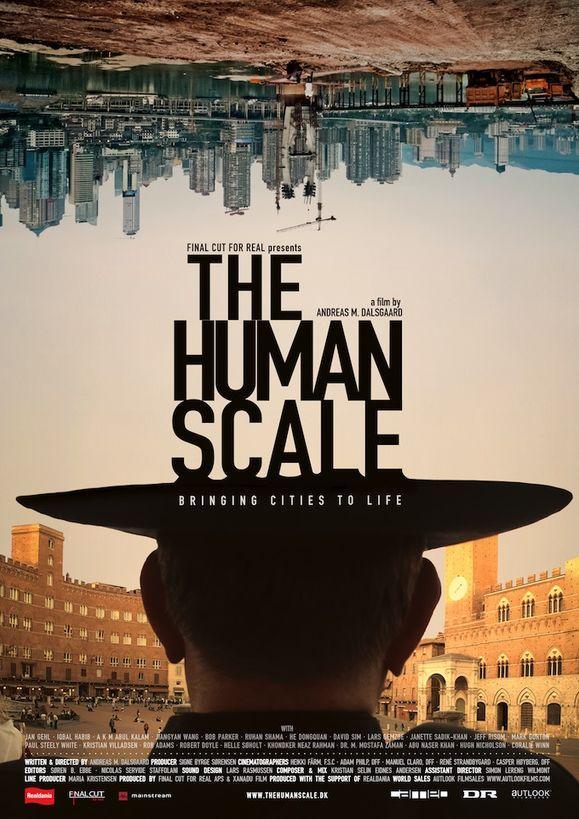
15. Citizen Jane: Battle for the City
The documentary delves into Jacobs’ influential book, “The Death and Life of Great American Cities,” which critiqued the urban renewal policies of her time and championed a community-based approach to city planning. Her ideas emphasized the importance of local residents in shaping their neighborhoods and the need for cities to be designed for people, not just for efficiency and economic growth.
“Citizen Jane: Battle for the City” is not just a historical account but a relevant and inspiring tale of grassroots activism. It showcases how Jacobs’ visionary thinking and relentless activism helped save iconic neighborhoods like Greenwich Village and SoHo, influencing urban planning and the way we think about our cities. The film is a tribute to her legacy and a reminder of the power of community engagement in shaping the future of urban environments.
)
16. Subdivided
“Subdivided” is a documentary that delves into the world of suburban subdivisions, offering a critical look at this prevalent form of housing development. The film explores the social, cultural, and environmental implications of living in suburban subdivisions, which are often characterized by uniformity, segregation, and a lack of community connectivity.
Through interviews with residents, urban planners, and social commentators, “Subdivided” uncovers the realities of life in these communities. It highlights how the design and layout of subdivisions can lead to isolation, limited social interaction, and a heavy reliance on automobiles. The documentary also addresses issues such as the lack of diversity and the environmental impact of sprawling suburban landscapes.

17. Sprawling from Grace: The Consequences of Suburbanization
“Sprawling from Grace: The Consequences of Suburbanization” (2008) is a thought-provoking documentary that delves into the challenges and impacts of suburban sprawl in the United States. Directed by David M. Edwards, the film critically examines how post-World War II urban development patterns, characterized by extensive low-density and car-dependent communities, have shaped American cities and lifestyles.
The documentary highlights the economic, environmental, and social issues stemming from suburban sprawl, including increased reliance on fossil fuels, traffic congestion, loss of agricultural lands and natural habitats, and the erosion of community ties. It presents a compelling case about the unsustainability of sprawl, especially in the context of rising oil prices and climate change concerns.
Featuring interviews with urban planners, environmentalists, and policy experts, “Sprawling from Grace” explores alternative urban development models that promote higher density, mixed-use developments, and improved public transportation networks. The film advocates for a rethinking of urban planning and policy to create more sustainable, efficient, and livable cities.

18. The Parking Lot Movie
“The Parking Lot Movie” (2010) is a unique and engaging documentary that turns its lens on a seemingly mundane subject: a parking lot in Charlottesville, Virginia. Directed by Meghan Eckman, this film is much more than a study of a parking lot; it’s a humorous and insightful exploration of American culture, class consciousness, and the human condition as seen through the eyes of the attendants of the Corner Parking Lot (CPL).
The documentary features a quirky cast of parking lot attendants, most of whom are college students or graduates from the nearby University of Virginia. These attendants share their reflections, frustrations, and philosophies about life, work, and the array of characters they encounter daily. The film captures the mundane and sometimes absurd realities of their job, from dealing with entitled customers to pondering the broader implications of their work.
“The Parking Lot Movie” celebrates this small microcosm of society, highlighting how a seemingly simple job can offer profound insights into human nature, societal values, and the struggle to find meaning in the everyday. It’s a witty, thought-provoking, and surprisingly poignant film that resonates with anyone who has ever held a service job or contemplated the intricacies of everyday life.

19. Portlandia
“Portlandia” (2011-Present) is a satirical sketch comedy television series that humorously explores life in Portland, Oregon, known for its quirky, countercultural, and eco-conscious residents. Created by Fred Armisen, Carrie Brownstein, and Jonathan Krisel, the show is a playful parody of the stereotypical lifestyles, attitudes, and social norms associated with the city.
Each episode of “Portlandia” is composed of various sketches and vignettes, featuring a range of eccentric and exaggerated characters, all portrayed by Armisen and Brownstein. The series pokes fun at various aspects of life in Portland, from its artisanal and DIY culture to its organic food obsession, progressive politics, and the unique blend of hipster and bohemian lifestyles.
While “Portlandia” is a work of fiction and comedy, it cleverly captures the essence of Portland’s distinctive urban culture. The show has been praised for its witty writing, creative characterizations, and its ability to both celebrate and critique the idiosyncrasies of modern urban life. “Portlandia” has garnered a cult following and is a must-watch for those who enjoy a humorous take on contemporary social trends and urban living.

20. Generation Earth
“Generation Earth” is a documentary series that explores some of the most ambitious and innovative engineering projects across the globe. Each episode focuses on a different aspect of modern engineering, showcasing how engineers and designers are pushing the boundaries of technology and construction to create incredible structures and systems.
The series covers a wide range of topics, from massive building projects and transportation networks to cutting-edge environmental solutions. It highlights the challenges and triumphs involved in these large-scale endeavors, emphasizing the importance of sustainable and forward-thinking design in the modern world.
“Generation Earth” is particularly appealing to those interested in urban planning, architecture, and environmental sustainability. It offers viewers a glimpse into the future of engineering and design, demonstrating how today’s innovations are shaping the world of tomorrow. The series is both educational and inspiring, making it a valuable watch for professionals and enthusiasts in the field of urban development and environmental technology.


Urban Design Lab
About the Author
This is the admin account of Urban Design Lab. This account publishes articles written by team members, contributions from guest writers, and other occasional submissions. Please feel free to contact us if you have any questions or comments.
Related articles


Architecture Professional Degree Delisting: Explained

Periodic Table for Urban Design and Planning Elements


History of Urban Planning in India
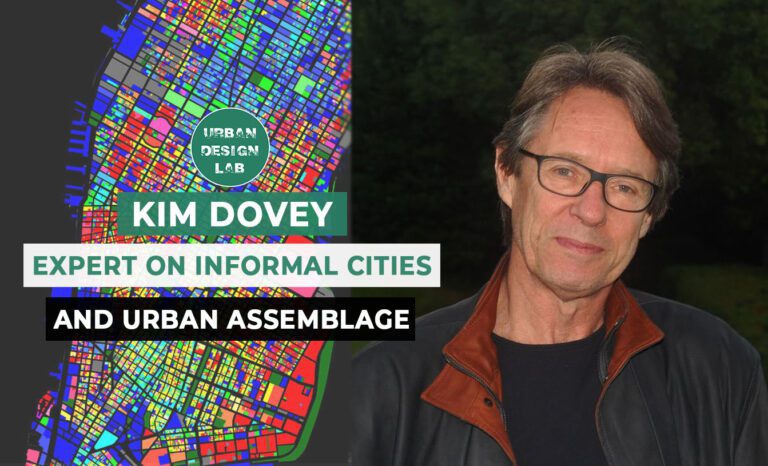
Kim Dovey: Leading Theories on Informal Cities and Urban Assemblage
UDL Illustrator
Masterclass
Visualising Urban and Architecture Diagrams
Session Dates
17th-18th January 2026

Urban Design Lab
Be the part of our Network
Stay updated on workshops, design tools, and calls for collaboration
Curating the best graduate thesis project globally!

Free E-Book
From thesis to Portfolio
A Guide to Convert Academic Work into a Professional Portfolio”
Recent Posts
- Article Posted:
- Article Posted:
- Article Posted:
- Article Posted:
- Article Posted:
- Article Posted:
- Article Posted:
- Article Posted:
- Article Posted:
- Article Posted:
- Article Posted:
- Article Posted:
Sign up for our Newsletter
“Let’s explore the new avenues of Urban environment together “



























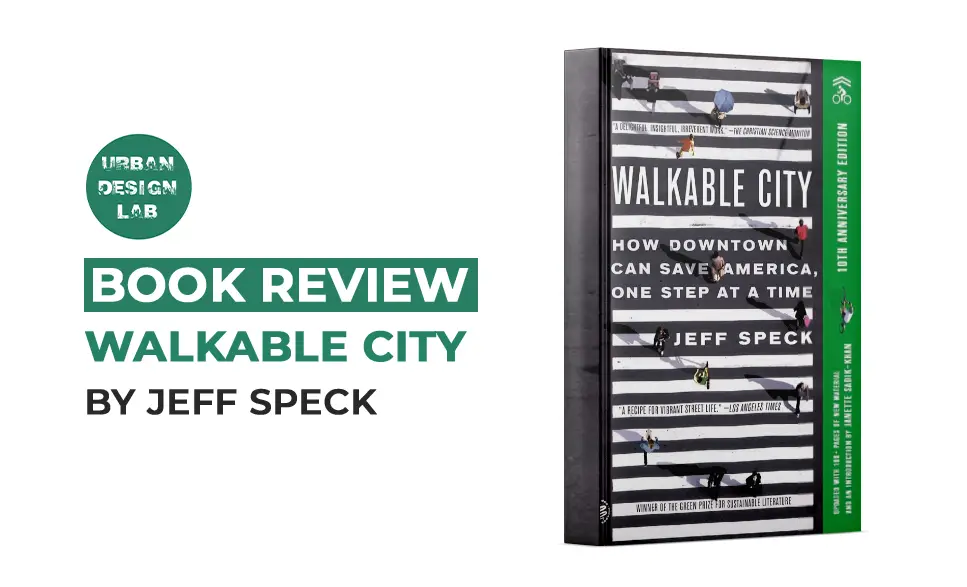

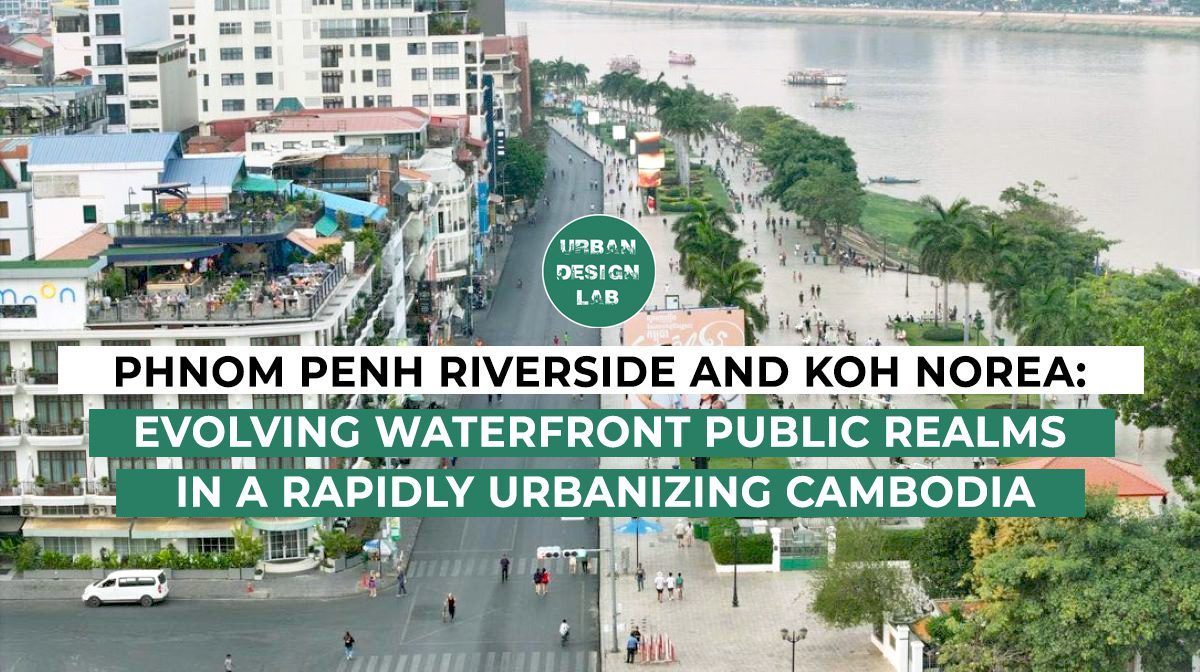

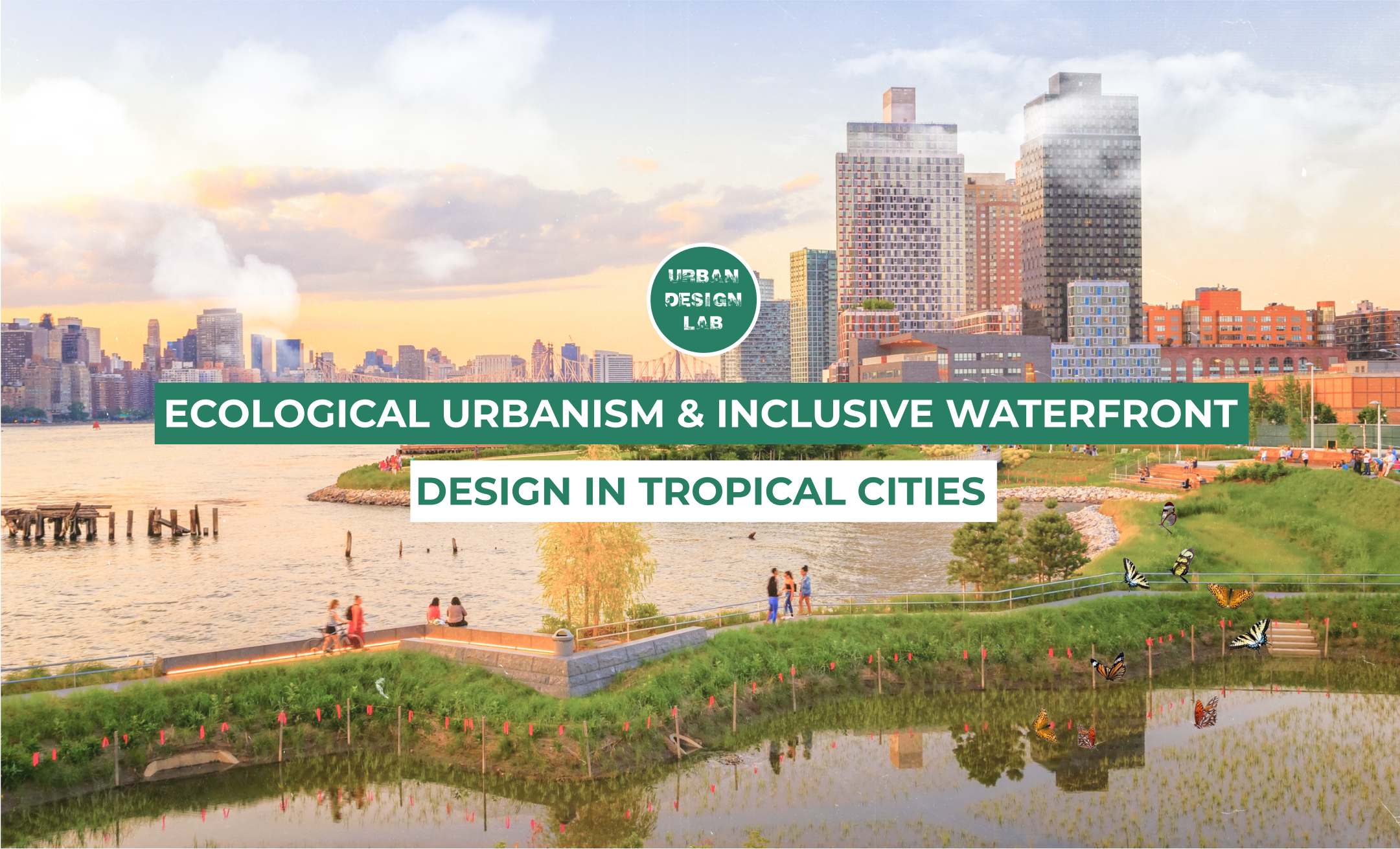
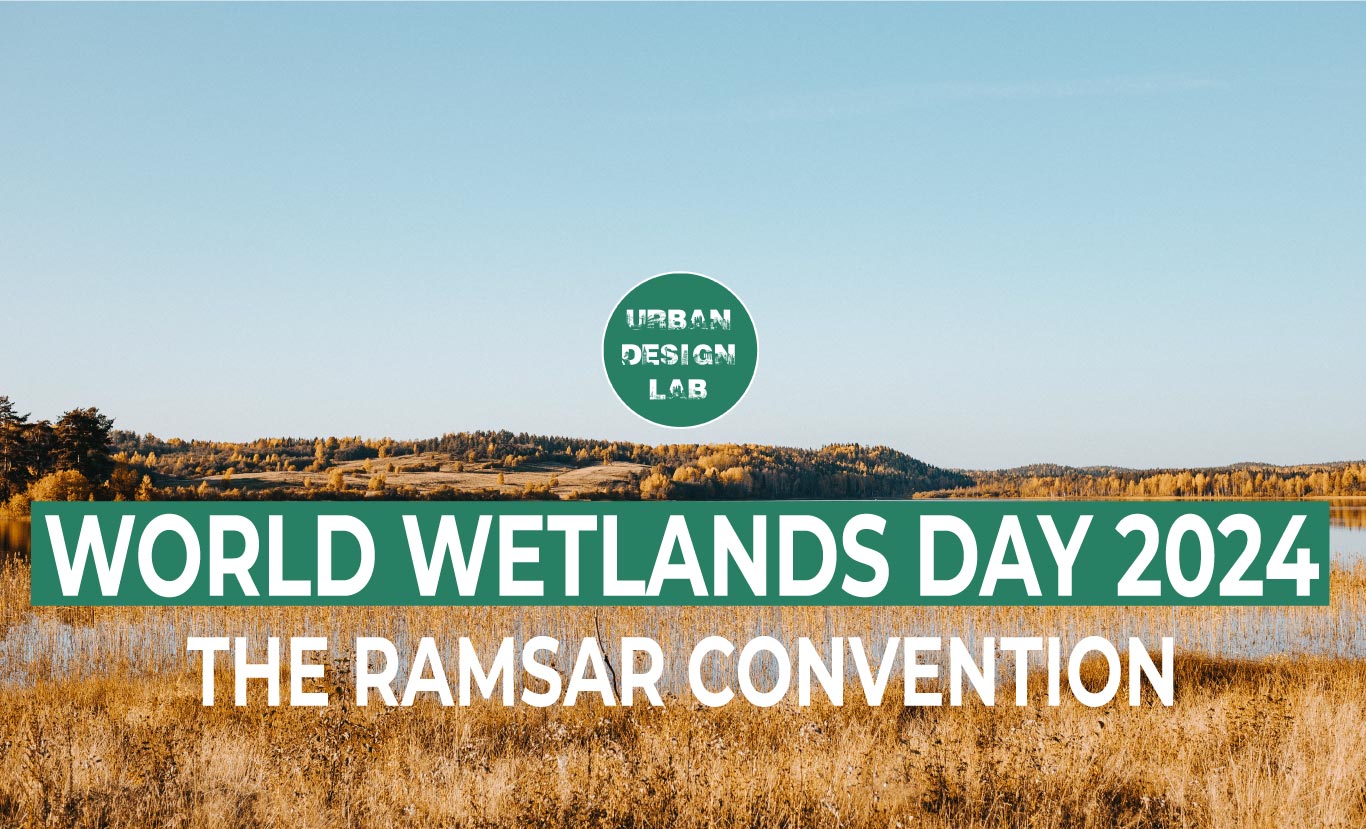
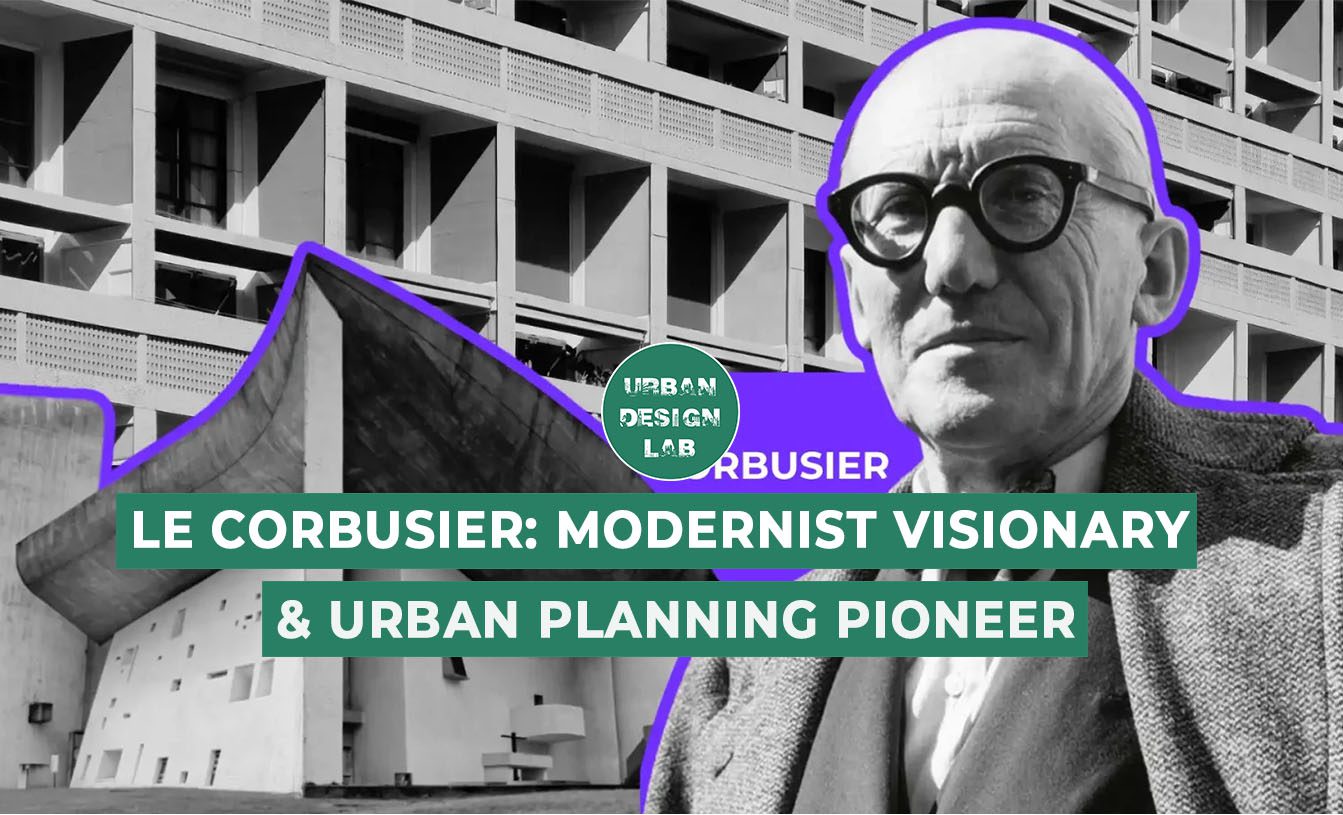
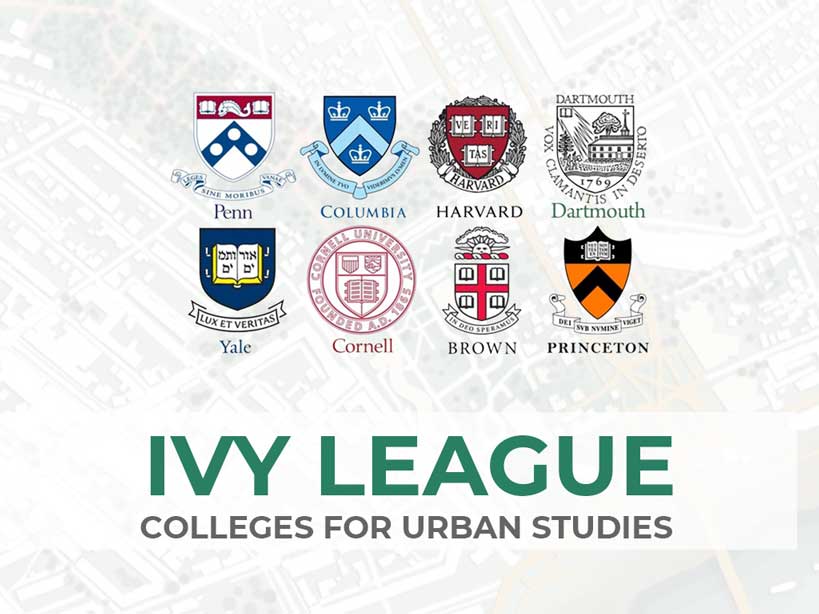
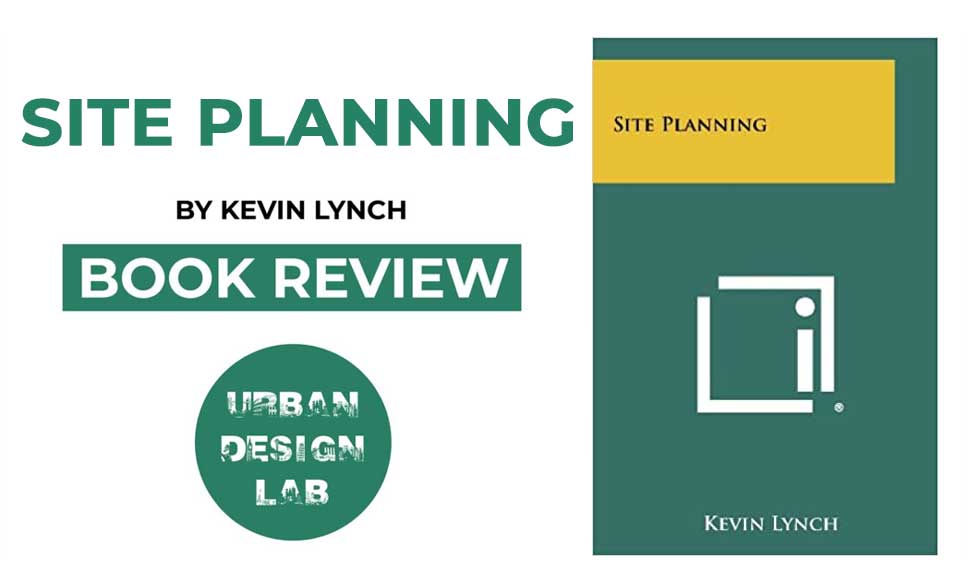
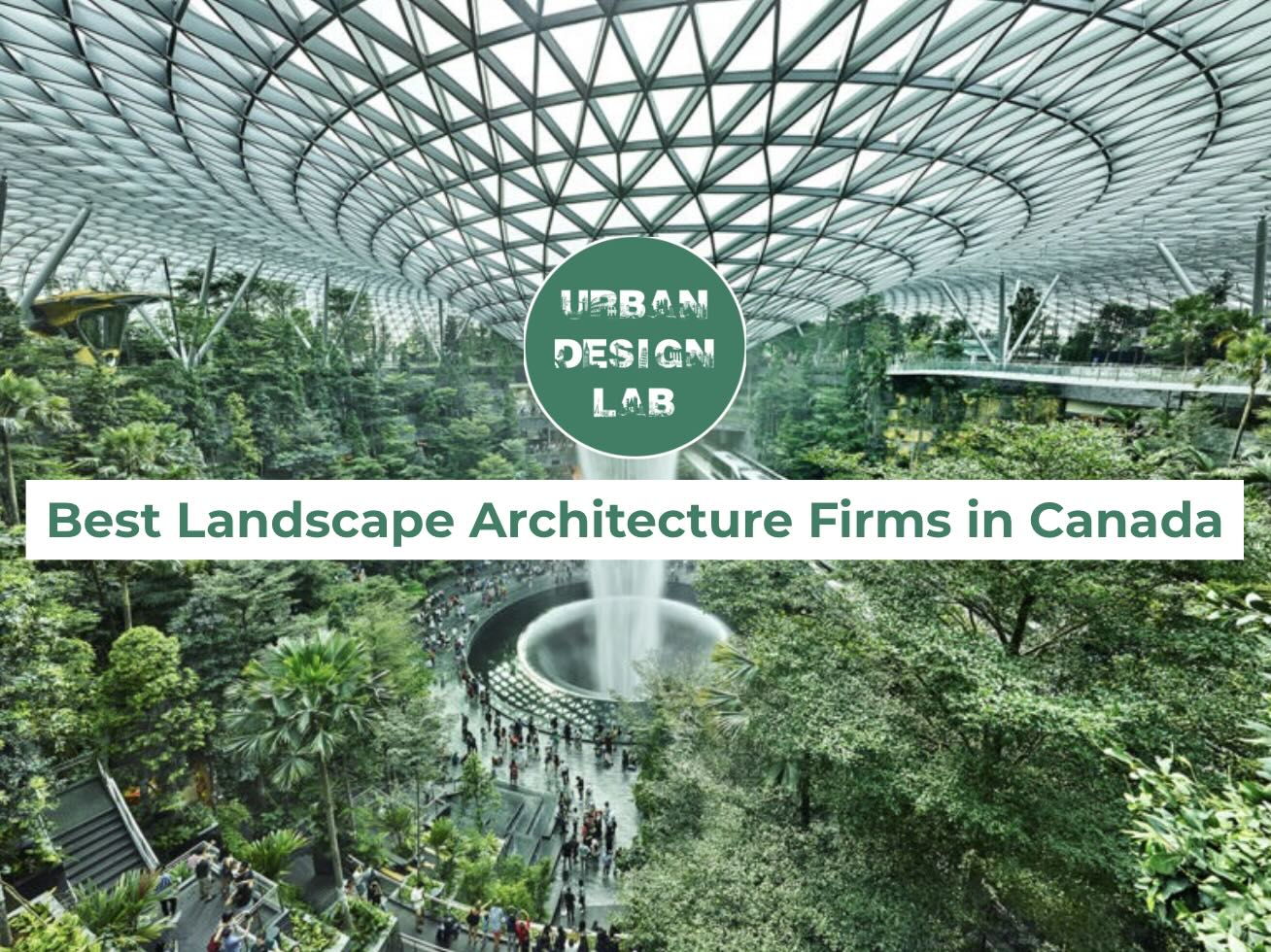
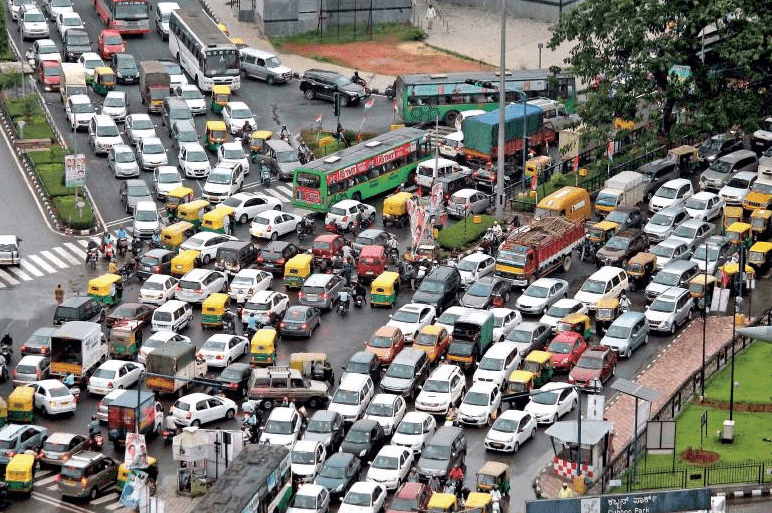
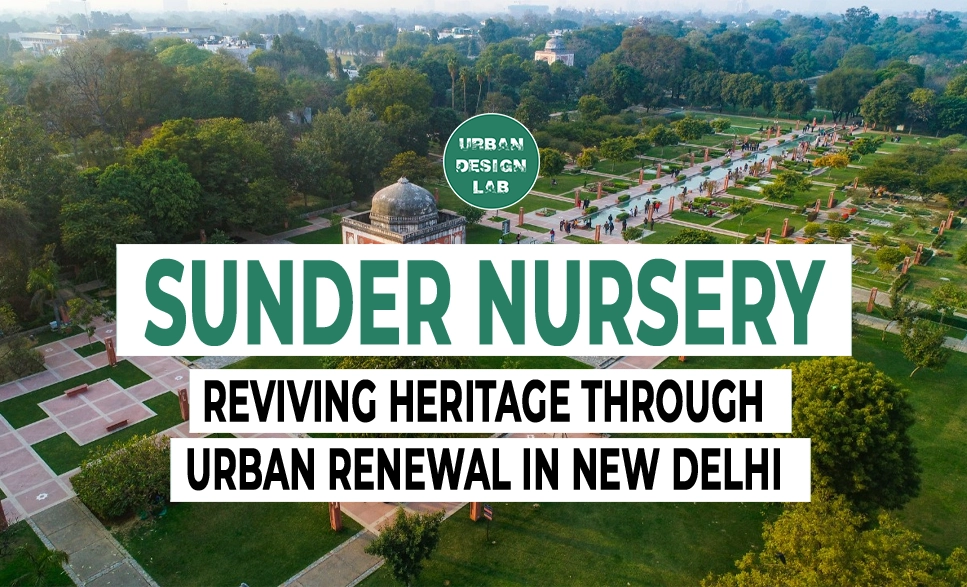
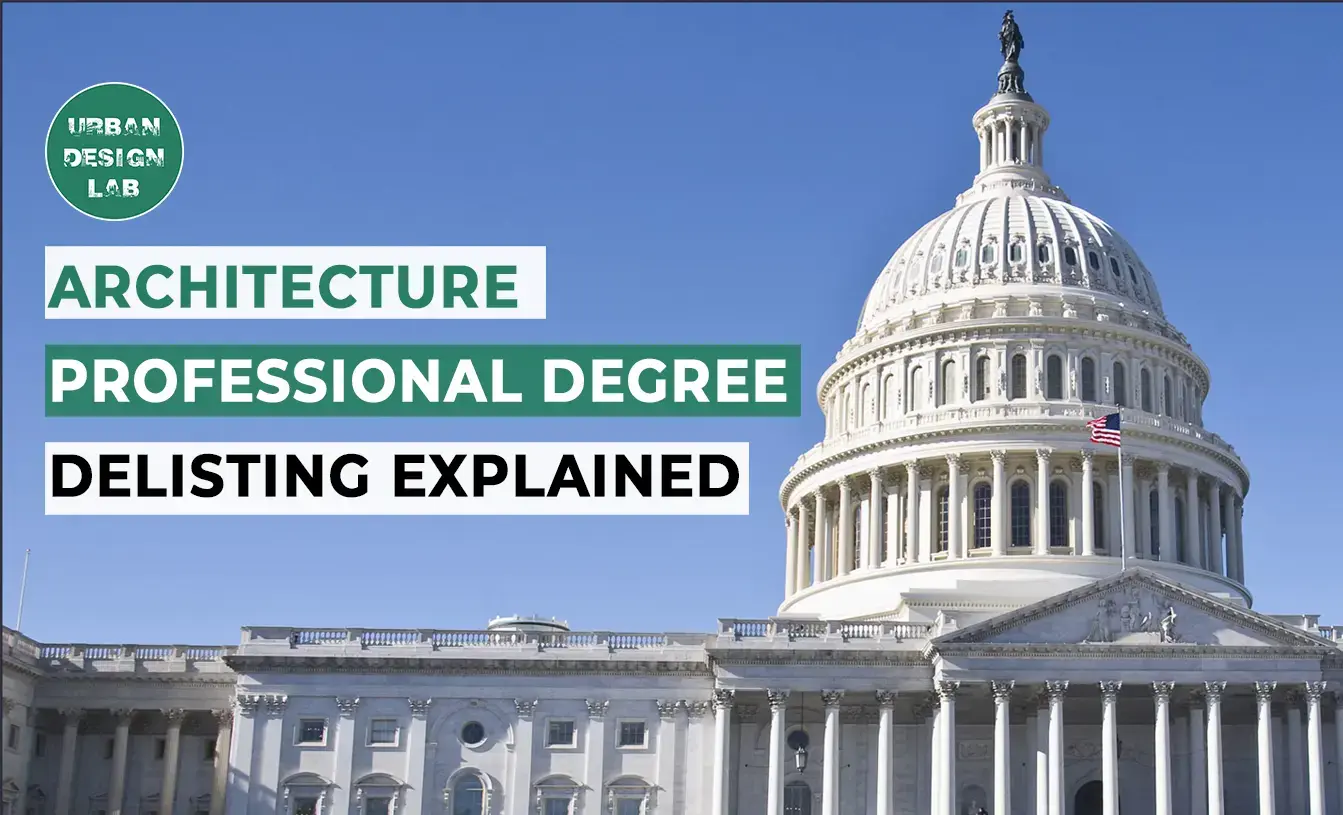
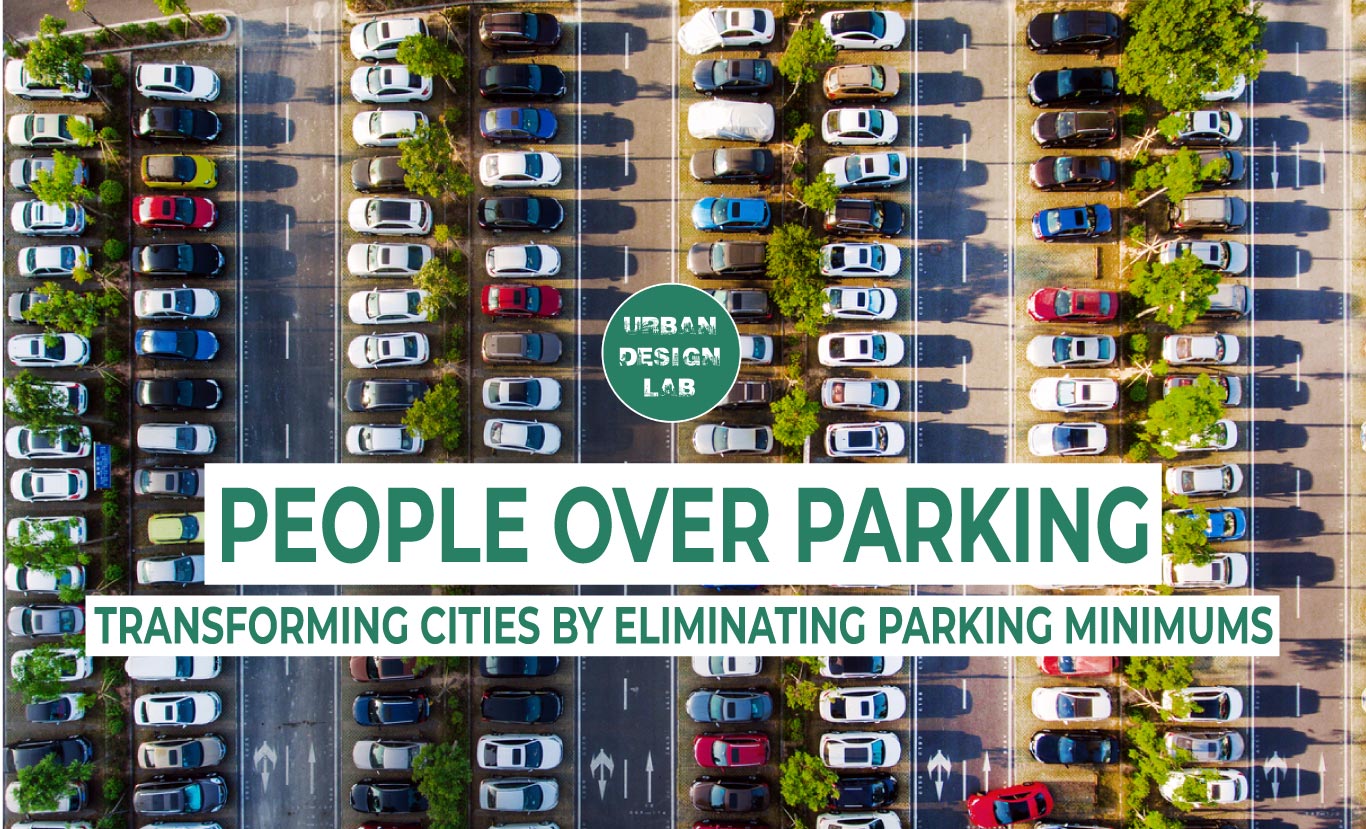
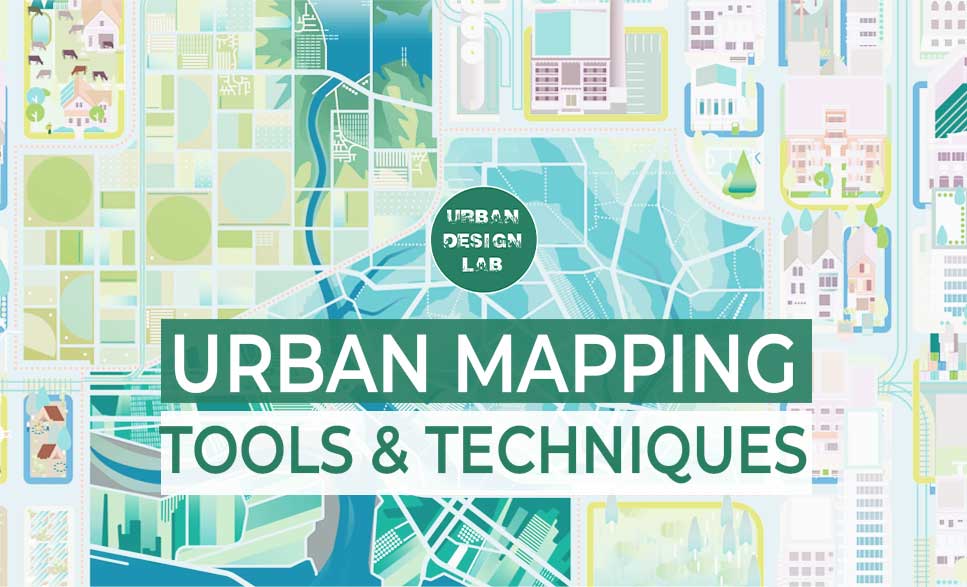


One Comment
It’s a great article with very useful information. Thank you for this synthesis.
However, I want to clarify that the image used for “12. Convenient Truth: Urban Solutions from Curitiba, Brazil” does not correspond to Curitiba, Brazil. This photo corresponds to the Ecovia line in Quito, Ecuador (This line mostly runs on “6 de Diciembre” Avenue. Moreover, this particular one is the “24 de Mayo” High School stop.